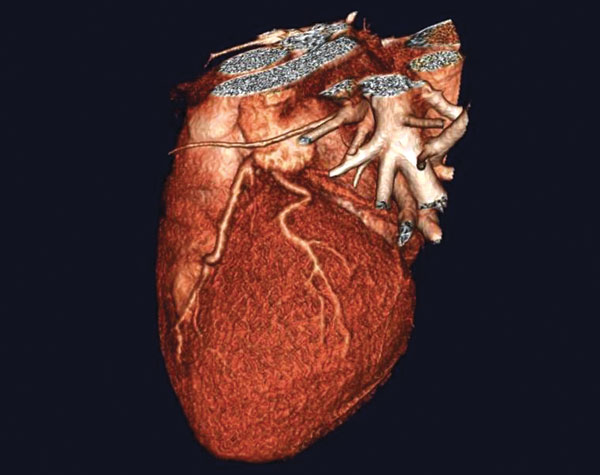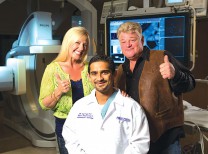May is National Stroke Awareness Month. Stroke is the fourth leading cause of death with approximately 795,000 strokes occurring annually according to the National Stroke Association. These are big numbers, but there is good news. Despite the damage to brain cells, there is room for improvement, thanks to neuroplasticity, the brain’s ability to rewire itself for improvement, no matter how long it’s been since the stroke.
To illustarate this principle of neuroplasticity, I’d like to share a story about a man (we will call him Ben) who has been recovering from a stroke five years ago. Ben has atrial fibrillation, an irregular heartbeat which can increase the risk of stroke by five times. His stroke occurred in the right side of his brain, affecting the left side of his body. He doesn’t use his left arm in functional movement and wasn’t able to move it at all by himself for the first 3 years.
Ben spends hours each night thinking about his arm moving. He thinks about it, visualizes it, and attempts to move it. Each year, he has been able to do a little bit more. In this year alone, he is now able to lift his arm from beside him on or off his lap. He can move his fingers up and down and can squeeze something in his hand. He can move his wrist up and down and is starting to be able to move his forearm to rotate it palm up or down. He can slide his hand up and down his thigh – all improvements within five years after his stroke.
This is the perfect example of neuroplasticity. The brain can make new pathways, new connections, in response to behavior and environment. The new pathways take a lot of repetition, which requires several hours a day of physical therapy. Ben practices for a couple of hours a day minimum, and his body responds.
Unfortunately, in our health care system, stroke survivors get intensive therapy initially after the stroke, then are left on their own to continue their recovery. They are often told that they have “plateaued.” Paul Bach-y-Rita, a neuroscientist whose most notable work was in the field of neuroplasticity, was one of the first to say that these plateaus are temporary. He began to explain that these are consolidation stages where the brain internalizes, and biological changes occur. There may not be many outward changes evident during this stage, but it is part of the learning process. Activity needs to be continued for the changes to be ingrained.
Ben experiences periods of time that he doesn’t see progress, which is frustrating, but then, there are times of sudden changes and improvements. These occur because he has continued practicing, visualizing, and doing his exercises. His brain continues to process and learn, even when it’s not outwardly evident to him.
As with anything, the more you practice, the better you will get. Is the progress as fast as Ben would like? No. Is he done yet? No. Recovering from a stroke is a lifelong process, but thanks to neuroplasticity, it is possible to continually make improvements.
Stacy Hennis is a physical therapist and the owner of New Beginning Physical Therapy, Inc., an in-home therapy company. She has advanced certifications in treating people with neurological issues, especially stroke and brain injuries, and can be reached at (760) 218.9961 or online at NewBeginningPT.com.












































Comments (0)